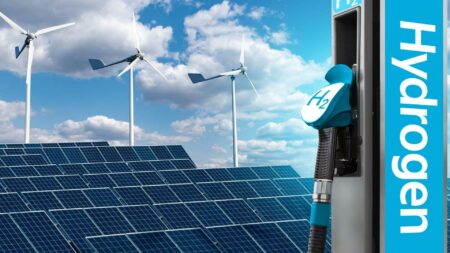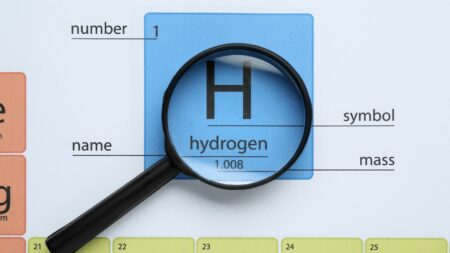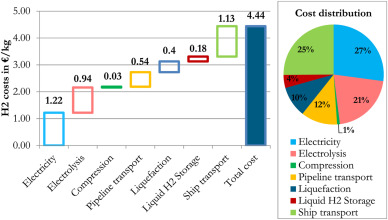The study, led by Jiachen Zou and the team, explores the hierarchical nanoarchitecture of Ni2P/NiFe2O4 @N-GTs and its potential in the hydrogen industry.
Browsing: H2 Science
The study’s principal findings revolve around the design and techno-economic analysis of a hydrogen refueling station powered by solar energy.
The article “Conceptual Design and Optimization of Integrating Renewable Energy Sources with Hydrogen Energy Storage Capabilities” offers fresh insights into enhancing the synergy between renewable energy generation and hydrogen storage.
This research is crucial as SOFCs are pivotal in the hydrogen energy sector, particularly for their efficiency and potential to reduce greenhouse gas emissions.
This comprehensive study is poised to offer significant insights for stakeholders in the hydrogen industry.
As the global steel industry grapples with the challenge of reducing its carbon footprint, this research provides critical insights into the role that green hydrogen could play in sustainable steel production.
The research article “Numerical simulation study on liquid hydrogen leakage diffusion behavior and solid-air deposition formation,” authored by Mengru Li and colleagues, delves into the critical area of hydrogen safety, focusing on the consequences of liquid hydrogen leaks.
The study presents a novel approach combining experimental results with a combinatorial optimization algorithm to predict the life expectancy of PEMFCs accurately. The algorithm leverages extensive experimental data to refine its predictive capabilities, offering more accurate and reliable life predictions than existing models.
The article provides an overview of the HyResponder project, which aimed to create a standardized training framework for European first responders.
The authors propose a novel approach combining Pontryagin’s Minimum Principle (PMP) method with a cooperative optimization algorithm.









